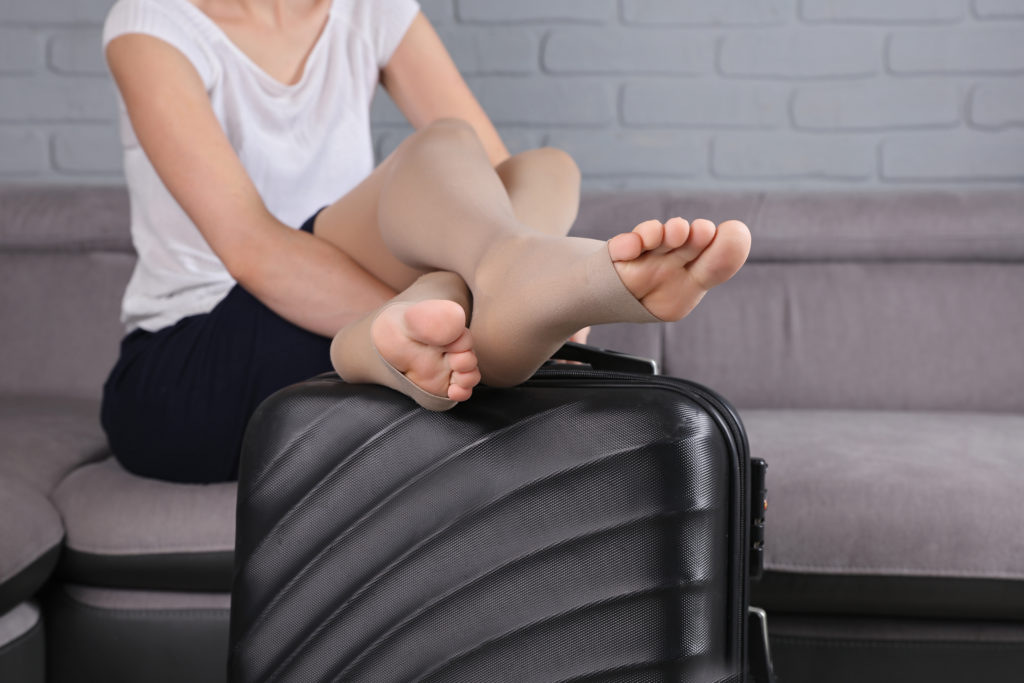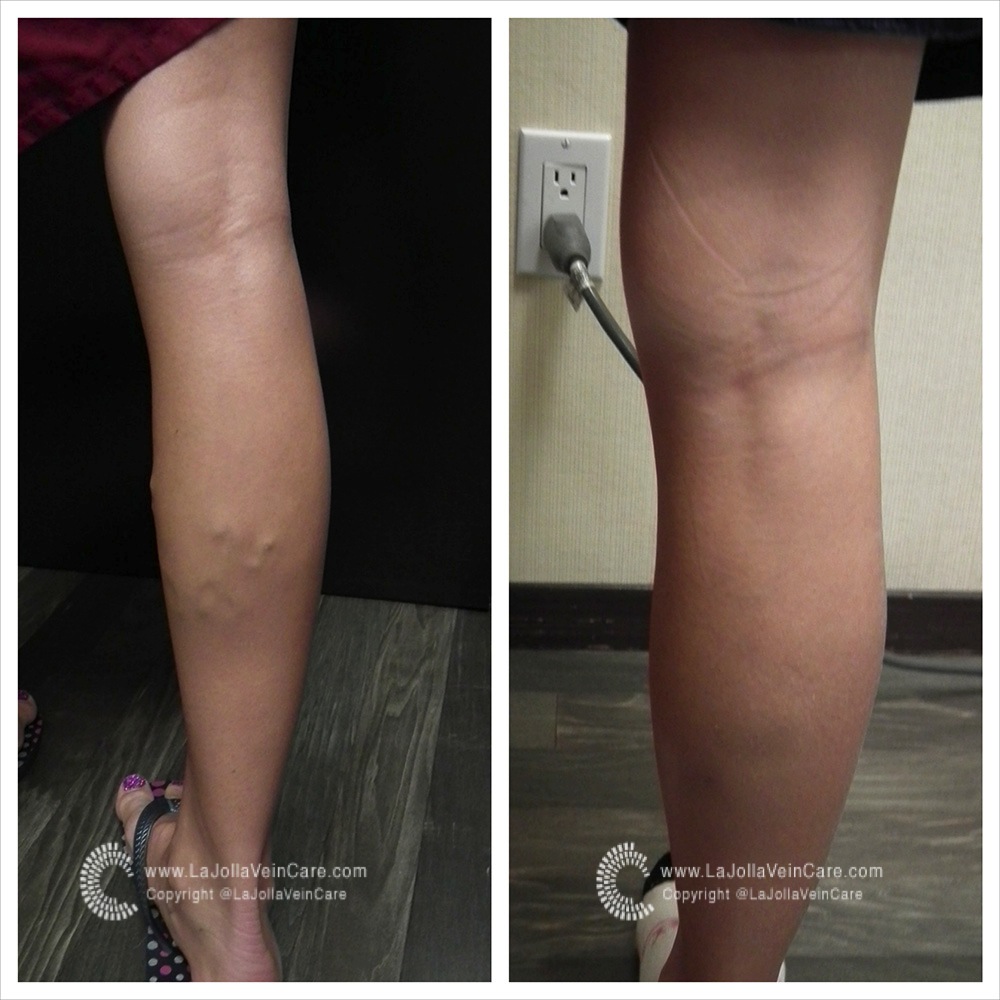About La Jolla Vein Care
This author has not yet filled in any details.So far La Jolla Vein Care has created 122 blog entries.
30, 7, 2014
Why Compression Socks?
La Jolla Vein Care2014-07-30T16:21:32-07:00
Graduated compression stockings apply external pressure to your legs reducing venous pressure. Graduated compression stockings are great to use if your want to increase […]
Laser and Radiofrequency Vein Treatments
La Jolla Vein Care2021-11-04T20:20:33-07:00What is the difference between laser and radiofrequency procedures for varicose veins?
Both laser and radiofrequency ablation techniques are used as an alternative to surgery for the treatment of varicose veins and underlying venous insufficiency. The concept behind both laser and radiofrequency treatments is that an energy source is used to heat the vein, causing it […]
What is Stasis Dermatitis?
La Jolla Vein Care2021-11-05T13:05:00-07:00Stasis dermatitis or venous stasis dermatitis is a change in the skin that occur when blood collects (pools) in the veins of the lower leg. ‘Stasis’ refers to pooling of the blood in the lower legs from venous insufficiency, and ‘dermatitis’ refers to the inflammation and related skin changes. Because of the inflammation, the skin […]
8 Warning Signs of Vein Disease: #5 Pregnancy Related Varicose or Spider Veins
La Jolla Vein Care2014-07-22T21:10:22-07:00Varicose Veins vs. Spider Veins
La Jolla Vein Care2021-11-05T13:08:51-07:00What is the difference between varicose veins and spider veins? Are they the same thing? Spider veins and varicose veins both refer to dysfunctional, dilated leg veins but the main difference is the size of the veins. Spider veins are small, thread-like veins at the surface of the skin. They often appear in clusters or […]
How To Make Varicose Veins Vanish
La Jolla Vein Care2022-01-04T03:48:13-08:00How To Make Varicose Veins Vanish Without Surgery
Physicians have many options for treating varicose veins. The choice often depends on the severity and cause of the problem. It’s important that patients are carefully evaluated so treatment can be tailored to individual needs.
In some cases, varicose veins may present a primarily cosmetic problem. In others, […]
How is Venous Reflux Diagnosed?
La Jolla Vein Care2021-11-05T11:48:32-07:00
Venous duplex imaging uses ultrasound waves to create pictures. La Jolla Vein Care utilizes state-of-the-art ultrasound scanners to image the veins beneath the surface of the skin, not visible to the naked eye. Duplex ultrasound imaging can identify if the vein is healthy, or if it is refluxing, or if there are any blood clots […]
What is the Femoral Vein?
La Jolla Vein Care2022-01-03T13:29:29-08:00The femoral vein is a large blood vessel of the leg that allows deoxygenated blood to travel to the heart and lungs to become oxygenated. It is located deep within the muscles of the thigh beginning just above the knee (at the adductor canal it is the continuation of the popliteal vein) and ends at the […]





